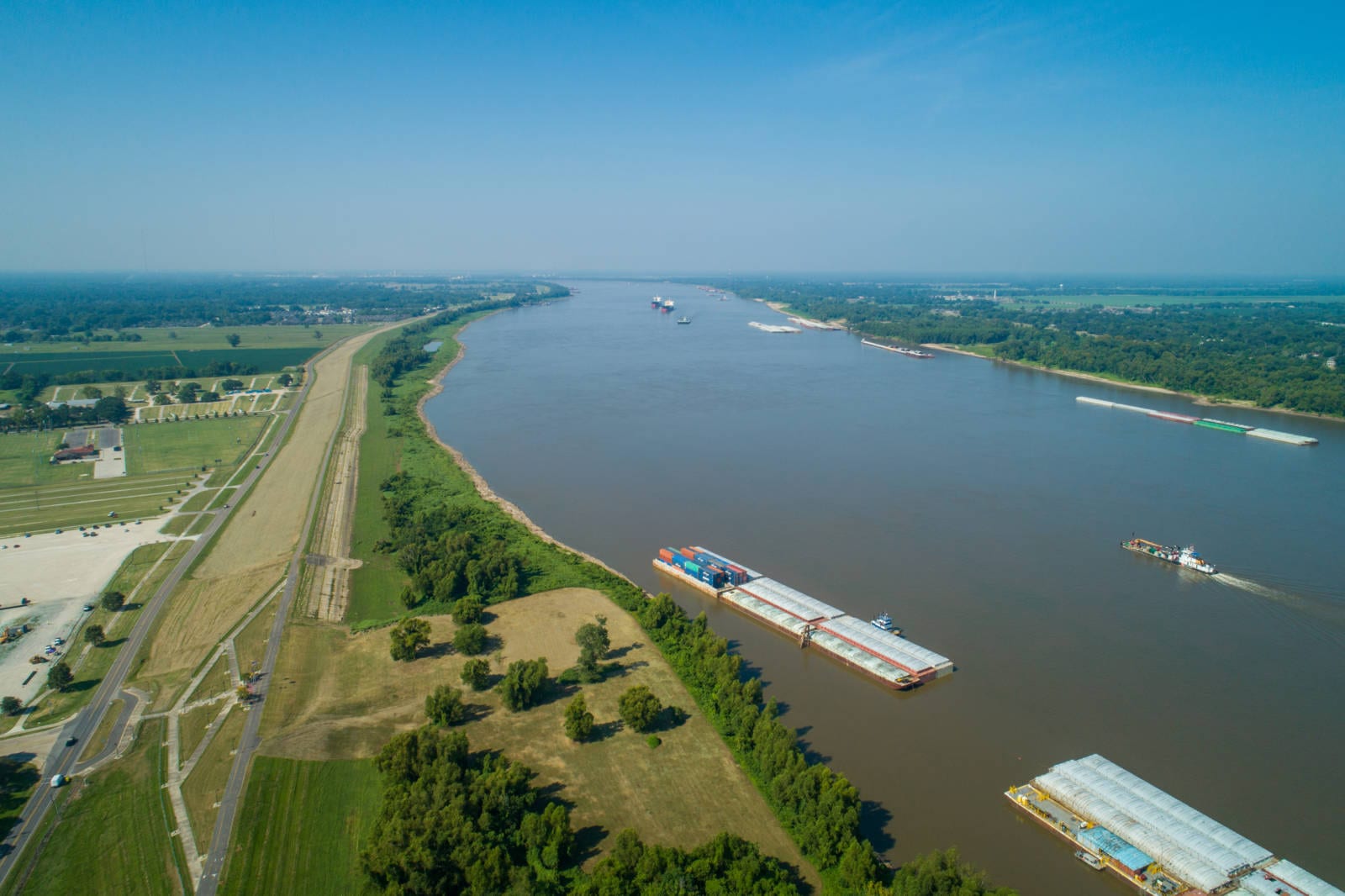According to Federal Grain Inspections Service (FGIS) data, 48.1 percent of grain inspected for export in 2018 left via the Mississippi River. The percentage of U.S. soybeans exiting through the port in 2018 was even higher at 60.8 percent. While the U.S. is currently holding record inventories of soybeans following bumper harvest this past fall, recent adverse weather conditions have slowed movement to along the Mississippi River, the United States’ largest transportation waterway.
Issues began when high waters in the Ohio River, which feeds into the Mississippi in Cairo, Illinois, led to an accident outside of Louisville, Kentucky in late December that has resulted in ongoing traffic restrictions. On the main channel of the Mississippi, high water levels have led some operators to suspend operations until water levels subside. For those who continue shipping, current restrictions include limited tow-sizes and operating only during daylight hours in some stretches of the river. Issues have continued at the Gulf, where high water levels have restricted vessels coming in to port. This has complicated both the unloading of supplies coming from upriver and the loading of outward-bound vessels. Latest estimates suggest that water levels will reach their highest, or crest, in the lower Mississippi by late January. This would likely mean that issues will linger into early February.
As a result of these logistic constraints, the prices paid by U.S. grain shippers to secure empty barges has also risen. A look at nominal cash barge freight rates suggest that shippers will see rates ease by late January and continue to drift lower before bottoming in late spring/early summer months. If these current issues persist, then these higher prices are likely to compress margins for U.S. exporters and may make their impact felt on export offerings.
